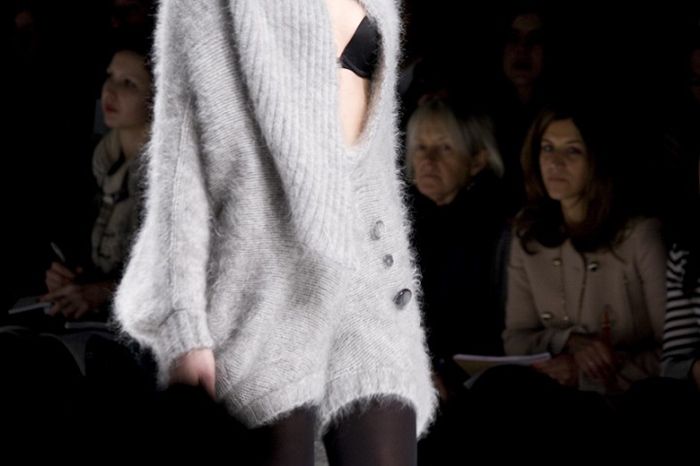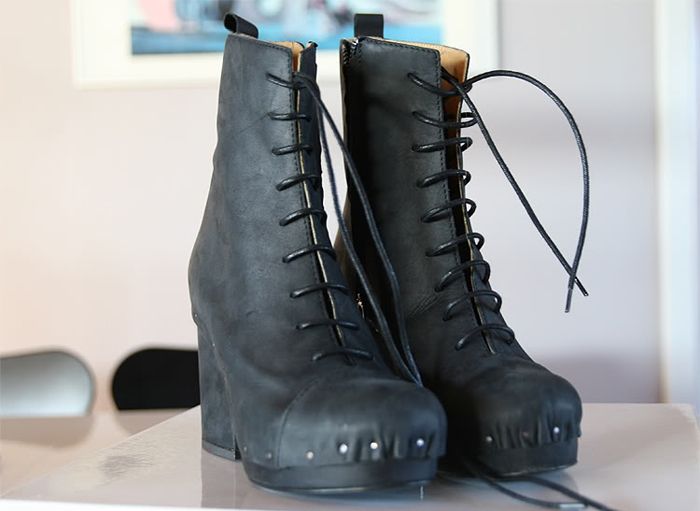(absolute favourites just now!)
Gillian Goldstein
Angelique Houtcamp
Brandon Bond
And my all time favourite inked girl?
Michelline Pitt



'The words warm and fuzzy might not come to mind when you look at these photos of Micheline Pitt, but the Los Angeles–based beauty insists she’s a pajama-wearing, pasta-eating nerd when left to her own devices. “I totally geek out on my days off,” she says. “I wear Halloween pj’s and read comic books.”
When she is working, it’s for the website pinupgirlclothing.com or one of her many other day jobs: makeup artist, hairstylist, and fashion designer for her own line, Deadly Dames. On top of all that, she carves out time to paint and draw while finishing up the children’s book she’s been working on for four years.
Making her living almost exclusively in the arts, it’s no surprise that she collects tattoos—in addition to action figures, comic books, and rare horror movies on VHS. “I love my half sleeve of Frankenstein and his bride,” she says of the tattoo by Gunnar, which she helped design. She also has an amazing back piece by Atlanta artist Russ Abbott, and a not-so-amazing cherry bomb on her bikini line that she got when she was 15. (“No one should get tattooed that young,” she explains.)
Pitt’s skin is also adorned with numerous hearts and skulls, including one that’s topped with her favorite word, the Raven’s oft-quoted “Nevermore.” And while on the subject of words, she decides to share her least favorite as well: “Tatts. I hate when people call them that,” she laughs.'
Credit: Inked Mag, www.inkedmag.com




































